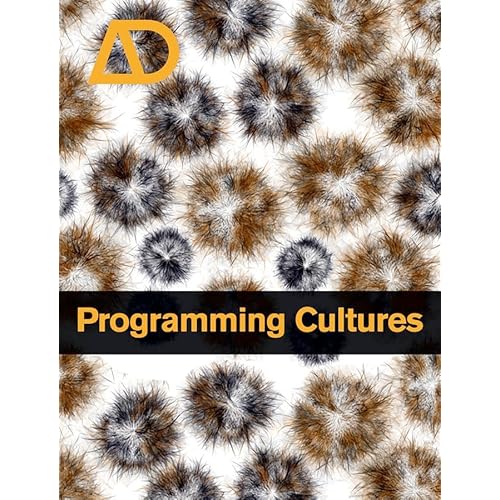 Collective Intelligence in Design: New Forms of Distributed Practice and Design
Collective Intelligence in Design: New Forms of Distributed Practice and Designby Chris Perry (Editor), Christopher Hight (Editor)
Exploring how today's most compelling architecture is emerging from new forms of collaborative practice, this title of AD engages three predominant phenomena: architecture's relationship with digital and telecommunication technology; the media; and economies of globalisation. The articles in the issue explore the relationship between these readings and examine, for the first time, the implications of these phenomena upon forms of architectural invention and production. While much attention has been focused upon the influence of digital media on architectural form and technique, little has examined its far broader implications for forms of architectural practice. Yet, as with modernism and the professionalization of architecture at the end of the 19th century and the rise of architectural corporations in the mid-20th century, the future of architectural design will inevitably depend upon reconfigurations of architectural authorship.
by Mike Silver (Editor)
"Programming Cultures" explores the relationship between software engineering and the various disciplines that benefit from new codes and programming tools. The title focuses on a range of practices including: aviation design, urban infrastructure simulation, Hollywood special effects, nanotechnology, mathematics and architecture. In terms of building design, "Programming Cultures" specifically examines the potential of new software designed to solve specific visualization and data processing problems from within the profession. The book allows architects to become more familiar with programming rather than basing their work on appropriated systems designed for non-architectural applications (Maya, 3D Studio MAX etc.) and will become a primer for an emerging culture of students; academics and young professionals that are starting to outgrow the predetermined structure of today's most popular modeling and animation packages.




No comments:
Post a Comment